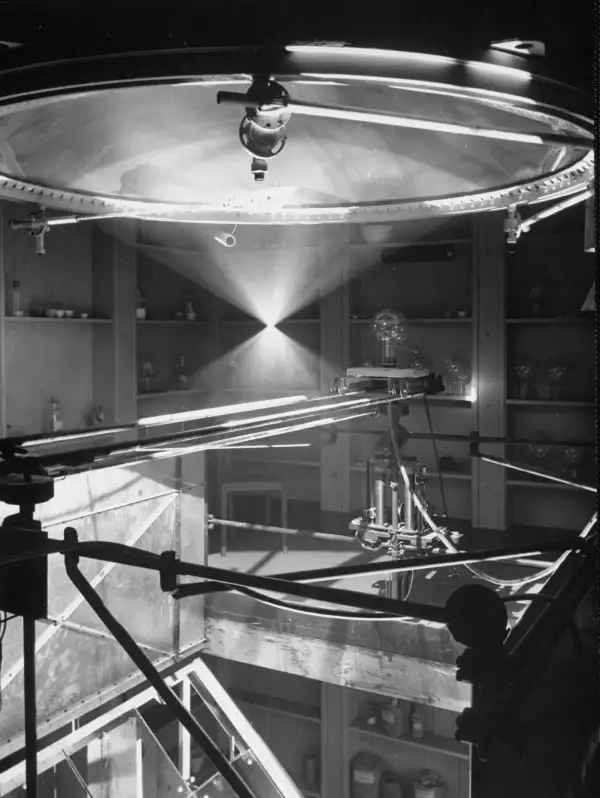401(k) Fees: Still Too High
Money is not a client of any investment adviser featured on this page. The information provided on this page is for educational purposes only and is not intended as investment advice. Money does not offer advisory services.

Employer-sponsored retirement plans are getting better, but they've still got plenty of weak spots. Money looked at six holes you might see in your 401(k) plan, and some fixes you can make to address them. Below, how to shore up one of those leaks: the fees you pay.
Leak No. 2: Fees are falling, but perhaps not enough
Thanks in part to Labor Department regulations, which came on the heels of a string of class-action lawsuits, 401(k) costs are beginning to come down. The average investment fee charged by stock funds in these accounts, for instance, fell from 0.74% of assets annually in 2009 to 0.63% in 2012, the last full year for which data are available, according to the Investment Company Institute, the mutual fund industry's trade group. But those figures mask a two-tiered system. Employees at large companies with billion-dollar plans frequently get access to ultra-cheap investment options that are usually available only to institutions. Work for small businesses that lack economies of scale and retirement-market expertise, and you're probably paying significantly more. For example, the average fee that investors pay in plans with less than $50 million in assets is 0.94%, according to the financial information company BrightScope. A few plans charge fees as high as 3%.
WHAT TO DO
Take full advantage of your employer match. Even if your plan is expensive, it almost always makes sense to contribute enough to get the full match, which is essentially free money.
Then look for alternatives. Albany planner Walt Klisiwecz says if your plan charges total fees above 1.25% of assets per year, you should look for a work-around. He recommends that investors in pricey plans put their next incremental dollars into traditional or Roth IRAs, where you can buy any fund you want. Those who aren't allowed to deduct traditional IRA contributions because their adjusted gross income is above $70,000 for singles or $116,000 for married couples -- or who expect to be in a higher tax bracket at retirement -- should go with the Roth. Roth contributions aren't deductible, but withdrawals at retirement are tax-free. You can save $5,500 a year in a Roth ($6,500 for those 50 and older) if you're single and earn $114,000 or less or married and make $181,000 or less.
Stick with the lowest-fee funds in the plan. After you max out on your IRA, go back and redirect any extra money to your 401(k). But go with the lowest-fee funds in your plan (see Leak No. 4) to make the best of a bad situation. "You've just got to hold your nose," Klisiwecz says.
Is your 401(k) plan letting you down? Send a letter to the editor to money_letters@moneymail.com.